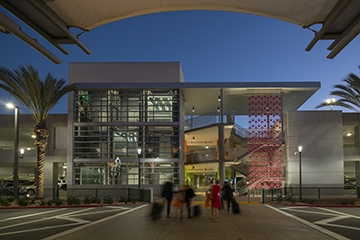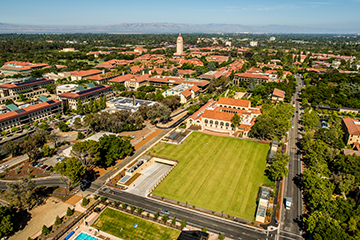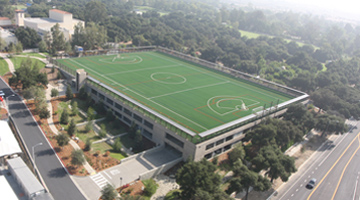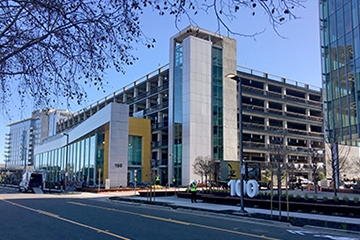Above the Intrinsic Value, Sustainable Parking Best Practices Enhance Our Built Environment Experience
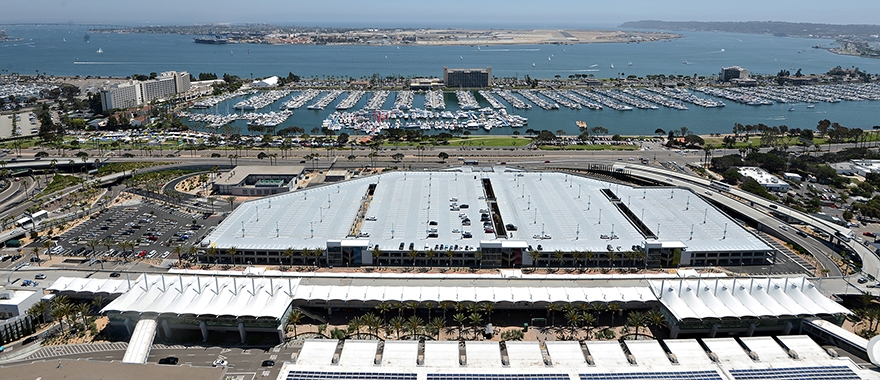
In addition to its intrinsic value to the environment, sustainable parking design can also enrich the user experience. By incorporating sustainable best practices into architectural and functional design, we can create parking structures that are aesthetically pleasing and easier to navigate.
One way we can achieve this is by utilizing as much natural light and air as possible. Parking structures are a unique building type that lend themselves more to natural ventilation than a human-occupied facility. Drawing additional natural light into a parking facility provides an opportunity to go beyond the functional. In addition to reducing its carbon footprint, it can be integrated into the design in a way that elevates the user experience.
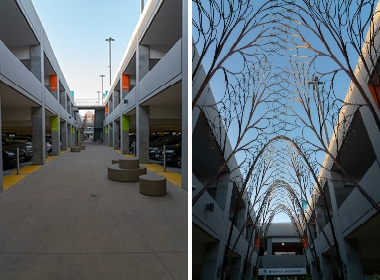 Lightwells were integrated into the design of the Terminal 2 Parking Plaza as both a sustainable element and a means to provide a relaxing pedestrian gateway.
Lightwells were integrated into the design of the Terminal 2 Parking Plaza as both a sustainable element and a means to provide a relaxing pedestrian gateway.
This was a tactic taken by the San Diego International Airport for the design of the Terminal 2 Parking Plaza, which was certified Parksmart Gold for its sustainable achievements. As the airport sits on a harbor, the building’s height was reduced to preserve the impressive harbor views. The resulting expanded footprint created challenges to bringing in enough natural light and ventilation, so the design team opted for a moment frame structural system and incorporated three expansive lightwells to provide as much natural light as possible.
In keeping with the Airport’s goal to provide a premier experience for travelers, the lightwells were then integrated into the design as pedestrian pathways adorned with public art and aesthetic touches such as rock gardens and seating. The result is a sustainable design element that also serves as a relaxing gateway, escorting travelers from the parking structure to the terminal.
The Airport also saw a way to use technology to elevate the user experience while decreasing emissions. State-of-the-art parking guidance and revenue control systems not only speed up entry and exit into the facility, but also aid users in finding an open space. This reduces circulation and idling times, which in turn reduces emissions.
Sustainable elements can also be incorporated into a structure’s architectural design to create a unique aesthetic. For the Pomona College Parking Structure, river rocks found on the site were repurposed to form a dry river bed. In addition to providing a visually soothing façade, they also are threaded through the landscape as accents including vegetated swales that mimic stream beads. This design choice reduced the amount of waste generated during construction and created a unique look that helped integrate the facility into its natural surroundings.
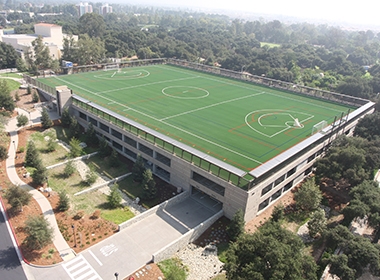 River rocks found on the site for the Pomona College parking structure were repurposed to minimize waste and create a unique aesthetic
River rocks found on the site for the Pomona College parking structure were repurposed to minimize waste and create a unique aesthetic
The Pomona College Parking Structure is also home to another sustainable element that provides a unique opportunity for placemaking – a green roof. The top deck of the facility sports a synthetic playing field sized to NCAA standards for women’s and men’s lacrosse and soccer. Rooftop photovoltaic panels serve a duel function as sunshades, allowing the structure to produce sustainable elements while also making onlookers more comfortable on hot, sunny days.
In addition, parking structures provide unique opportunities to create a transit hub that benefits both users and the environment. Bicycle facilities, links to public transit and electric car charging stations improve mobility and provide users with an alternative to relying on their cars. For instance, the Granada Garage in Santa Barbara provides secure bicycle parking, showering facilities, lockers and a repair station to support people who bike to work.
Innovative ways to integrate sustainable design that promote greener parking while also enhancing the parking experience are at the heart of Parksmart, a rating system designed to advance sustainable parking structure design and operation. While the built environment measures the implementation of sustainable best practices using LEED certification, standalone parking structures are not eligible for LEED. Instead they are evaluated using the USGBC’s Parksmart rating. The system breaks best practices into three categories: Management, programs and technology and structure design. Points are awarded and scored at Bronze, Silver and Gold levels. Watry is proud to be leading this process for multiple garages, including the San Diego International Airport’s Terminal 2 Parking Plaza, which has achieved Parksmart Gold.


